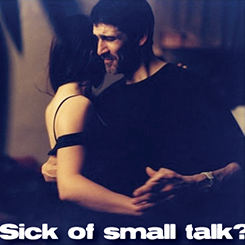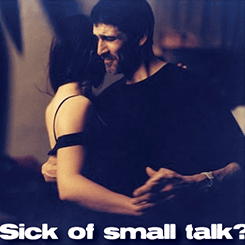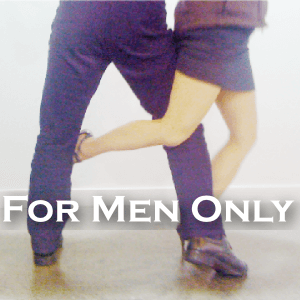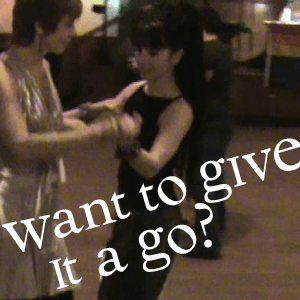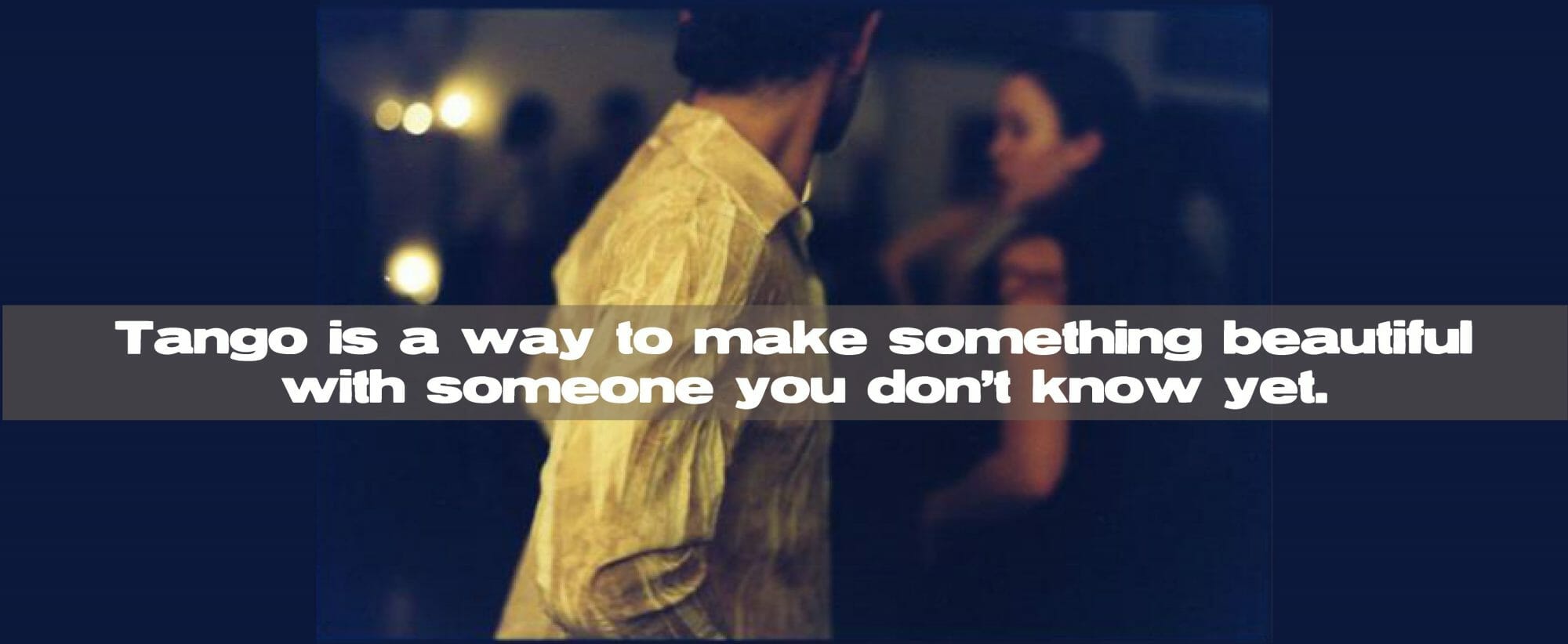People often describe Argentine Tango as “walking meditation”, but I think “walking yoga” is more accurate.
The more I think about this the more I realize that tango and yoga need one another. Yoga enables us to feel fulfilled in solitude. Tango enables us to make a silent connection with almost anyone. Both depend on intense physical rigour and body-experience and both offer us serenity, but yoga can be lonely, and tango can be needy. Combining these two silent practices enriches both.
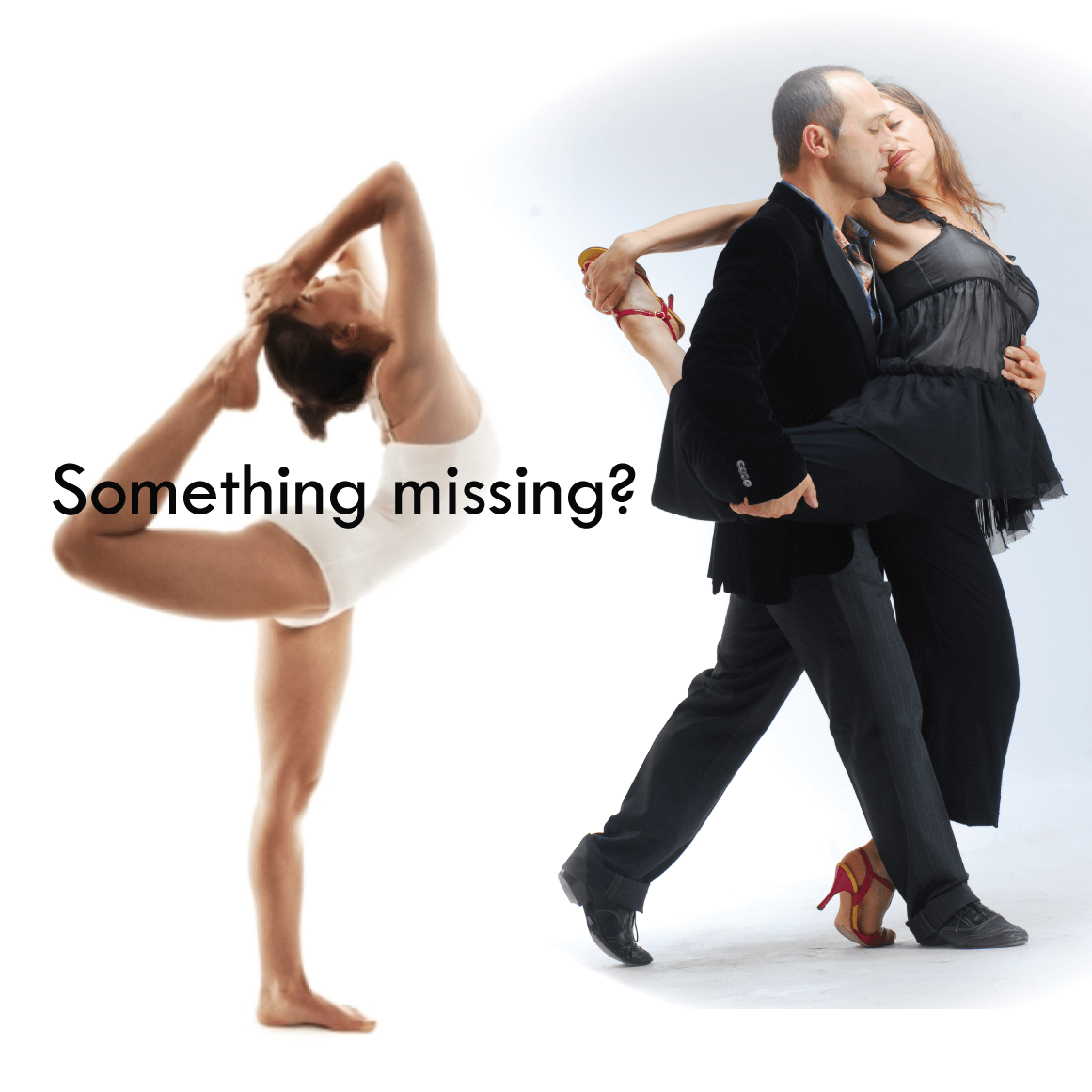
I had been an athlete my whole life … Russian ballet … downhill ski racing … tennis … bodybuilding … marathons … Yoga was the first time I experienced exercise as physical pleasure. But this was not its only gift. I peeked at yoga from the safety of my car parked outside Sacred Movement Yoga in Venice, viscerally repulsed and intimidated by the pride in the open hearts and shoulders of the people chatting over their bicycles after class. I pushed myself to engage this thing which caused such a strong reaction.
Little did I know that in a couple of years I would be walking alone into the top Argentine Tango milongas in Buenos Aires, presenting my body with pride, and shortly after that, performing for audiences of hundreds of people. To do this I had to allow my yoga warrior to run the whole psychological show.
Yoga builds physical-psychological-spiritual wholeness, blocking out the social brain with all its pressures and distractions. And yet in that sweet relief of solitude are the seeds for healthy, confident social engagement and authentic connection. Argentine Tango is a mechanism for profound, intense, and nearly immediate connection between two persons, unmediated by small talk. A short silent ritual gets us together and onto the dance floor, where we speak only through a consequent physical contact.
Tango requires that we find a balance pose which stretches from the base leg’s heel through to the top of the abdominal muscles and then attach this bone-muscle complex to another person’s. Then we walk, change feet, and change orientation, making constant micro-adjustments to maintain the personal and mutual power and stretch of the asana. This asana is less extreme than inversions and advanced poses, but it requires exactly what makes yoga so compelling – working deeply at the edge of our physical capacities.
Tango’s contribution to the yoga experience is that the mutual asana demands full concentration, which promptly and reliably takes us to Flow Psychology. There’s no need to struggle for mindfulness or against distraction. What’s compelling about tango is the necessity of the practice of full presence and attention to the other. The intimacy of this moment is made safe by the structured ritual through which we join and part.
Unfortunately, most tango teachers don’t have the skills to elicit lengthening strength, or to talk about the power of the legs in opening the heart. This is where the self-awareness we learn in yoga is essential to optimal experience of tango’s asana. And what I always find missing in yoga is integration of practice and its physio-psychic sensations into the rest of my life.
Yoga and tango already share some familiar aspects, clear rituals for entering and leaving, reverence for solitude and silence in community, an understanding of the multi-dimensional power of posture, and self-responsibility for intensity and depth.

